How to protect indoor air quality from smoke during wildfires in homes with HVAC?
As we move towards summer in Canada and the USA, we're hoping that last years wildfiresare not going to be as bad again this year - but unfortunately in areas like Calgary, there have already been air quality warnings issued as over24 wildfires rage across Albertaso we thought an article would be useful exploring how to optimize air quality inside homes when the air outside is heavy with smoke from wildfires.
According to the US Environmental Protection Agency, indoor air can be 2 to 5 times more polluted than outdoor air under normal conditions. Since outdoor air is usually cleaner,ventilation systemsand especiallyHRV's and ERV'scan reduce indoor pollutant levels by constantly changing the air in a building. However, this approach does not work when there is a wildfire in the area, since large amounts of harmful substances are released into the air. Additional measures are needed to conserve indoor air quality during wildfires.

Outdoor air becomes very polluted during wildfires, and keeping it outside should be the main priority. This can be achieved with an airtight building envelope, and by closing the intake dampers of ventilation systems. Since indoor air cannot be replaced easily under these conditions, internal sources of air pollution must be avoided as well.Ventilation systems and HRV / ERV systems should be equipped with suitable filters, and a portable air cleaner is also recommended.
Particulate matter is one of the main hazards released into the air during wildfires. When it's smoky, particles with a diameter below 10 microns (PM10) can irritate the eyes and respiratory system. Fine particles below 2.5 microns (PM2.5) are even more dangerous, since they can infiltrate the lungs and reach the bloodstream.
- Long-term exposure to PM2.5 has been associated with respiratory and cardiac issues.
- When patients who already have respiratory or cardiac conditions are exposed to PM, their symptoms can worsen. For example, asthma patients may suffer flare-ups.
According to Lawrence Berkeley National Laboratory, outdoor particle levels increase twice as much as indoor levels during a smoky wildfire. To minimize exposure, staying indoors as much as possible is recommended. If building occupants must go outdoors for any reason, the US EPA recommends an N95 or P100 respirator mask with a NIOSH label. Cloth, tissue and paper masks do not provide effective protection against wildfire smoke.

The importance of an airtight building envelope
Buildings benefit from an airtight envelope, since it allowsbetter control over indoor air quality. Airtightness also improves energy efficiency; indoor air leaks waste cooling power during summer and heating power during winter - which is why using HRV and ERV systems is recommended to reduce energy loss whilst ventilating homes. When there are wildfires in the area though causing a smoky atmosphere, an airtight envelope also helps prevent the infiltration of smoke.
Airtightness should be a priority topreserve indoor air quality during wildfires,因为漏气降低了其他措施的有效性。嵌缝和挡风雨条可以密封现有建筑的漏气处,气密性可以作为新建筑的设计特征。罗浮窗或百叶窗是出了名的漏风,如果家里还在使用它们,强烈建议升级。这些窗户可以在野火期间让烟雾渗入,在正常情况下浪费供暖和空调电力。
A/C and HRV / ERV ventilation system recommendations for wildfire smoke
Theintake dampers of HVAC systemsshould be closed during wildfire incidents, and the equipment should be configured to only recirculate indoor air. Filtering can also help control air pollutants, but only if the filter is adequate. According to the US EPA, a HRV or ERV unit filter must have a Minimum Efficiency Reporting Value (MERV) of 13 to provide effective protection against particulate matter in the air we're going to breath inside a home or office building if it's smokey outside.

Window-type air conditioners often have air leakage issues around their edges, and they are also inefficient.Ductless split-type units are much more efficient, while having no direct connection between indoor and outdoor air. Window air conditioners should not be used during wildfires, unless their outdoor air intake can be closed.
A portable air cleaner is recommended to complement air sealing and filtering measures during a wildfire. The air cleaner should have a High Efficiency Particulate Air (HEPA) filter, which blocks 99.97% of particles with a diameter above 0.3 microns. Ozone air cleaners should be avoided:
- Ozone provides protection against solar radiation in the upper atmosphere, but is considered an air pollutant at ground level.
- Ozone irritates the respiratory system, and asthma patients can suffer flare-ups when exposed to the gas.
Conclusion for protecting against wildfire smoke in homes:
Wildfire smoke is very hazardous for health so we need to keep it out of homes & buildingsas it's especially dangerous for the young and people with respiratory or cardiac conditions. The most effective line of defense against particulate matter isan airtight building envelope. The intake dampers of ventilation systems should be closed, and filters with a MERV 13 rating or higher should be used in HRV or ERV systems and central Air conditioning units. A portable air cleaner with a HEPA filter is also recommended. Read here aboutHabitat for Humanity building ICF homes in California wildfire zones.
To read more aboutventilation in Green homes see here, or specificallyeverything about HRV & ERV systems see here, and to learnwhy it's a bad idea to put central air conditioning in modern homes with a vapor barrier, see here- fromthe EcoHome Green Building Guides
Whatever you do,stay safe in wildfires & try not to breath smoky air folks!
About the author:

Michael Tobias is the founder and principal ofChicago Engineers美国发展最快的公司。他领导着一个由30多名来自纽约总部的机械、电气、管道和消防工程师组成的团队;在芝加哥、纽约、新泽西、宾夕法尼亚、康涅狄格、佛罗里达、马里兰和加利福尼亚,以及新加坡和马来西亚领导了1000多个项目。


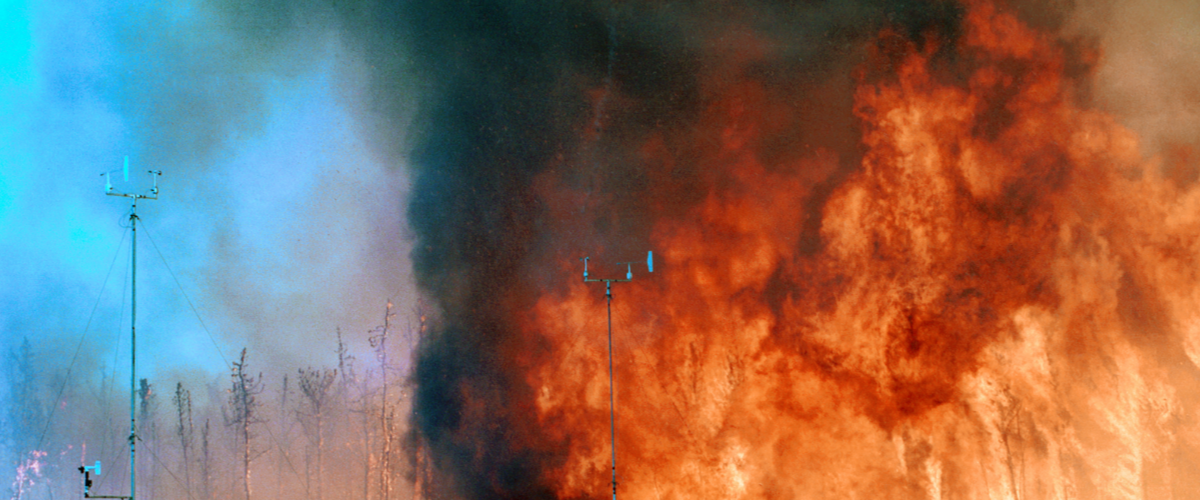












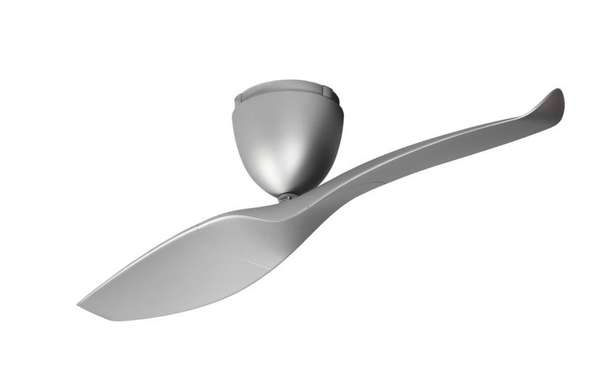
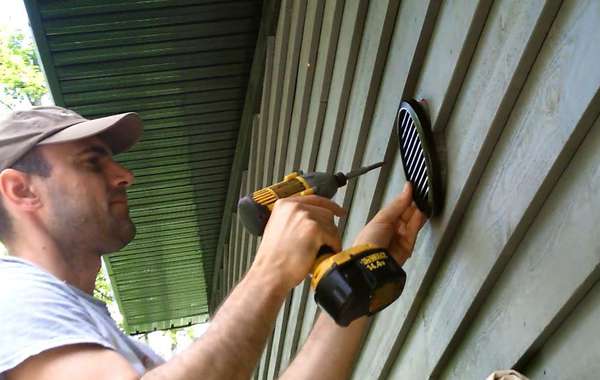
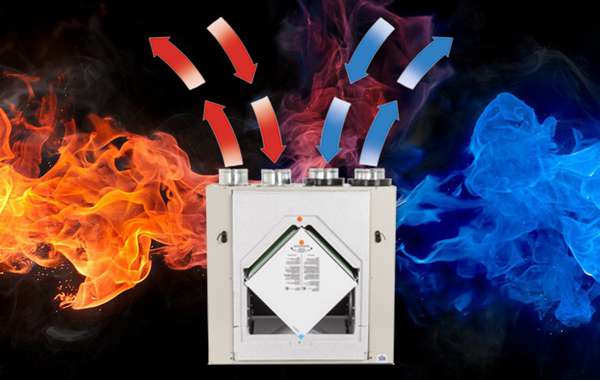
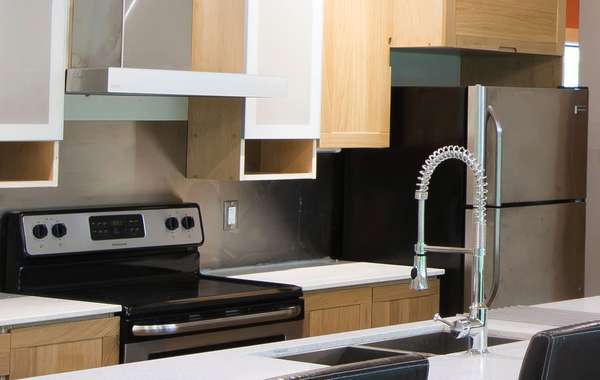
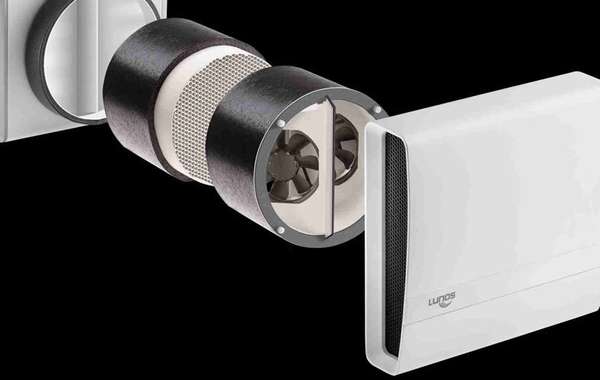
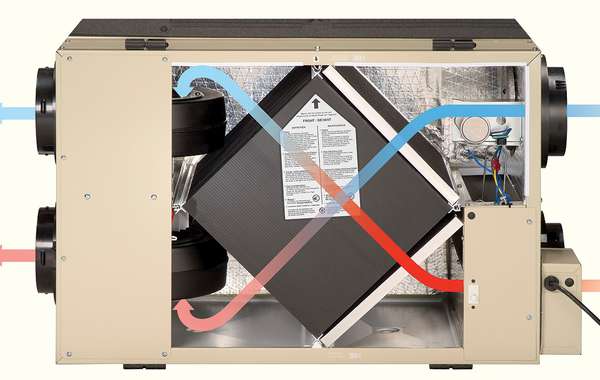
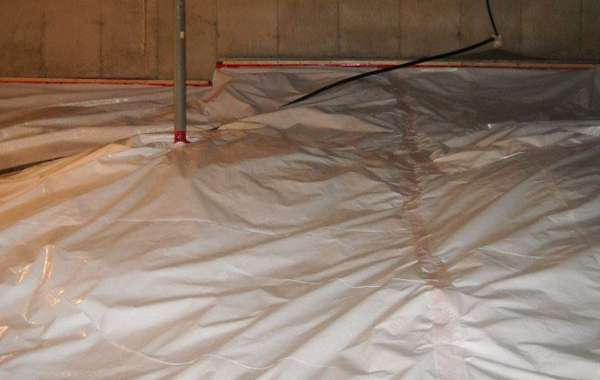
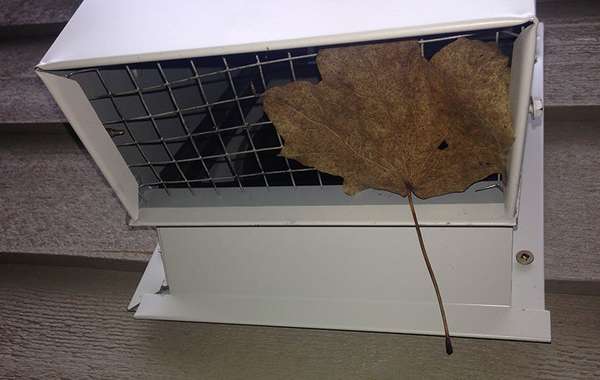

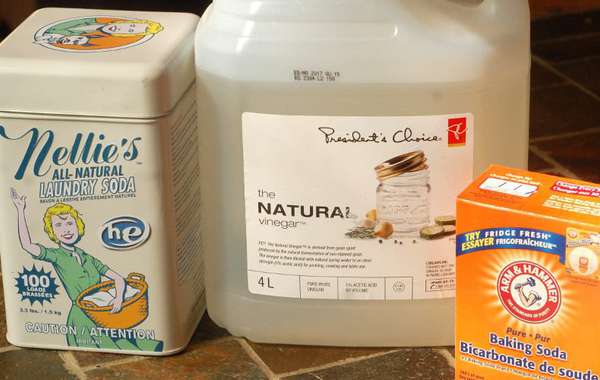
My experience with an ERV, even with a higher rated MERV filter, does not filter out smoke well when the smoke is heavy, as it has been the last few summers here in Oregon. When the smoke is very heavy, we have to shut down the ERV, which leads to CO2 build up in our very airtight home. Is there any way to fit a HEPA filter on the incoming air duct before it goes to the ERV?